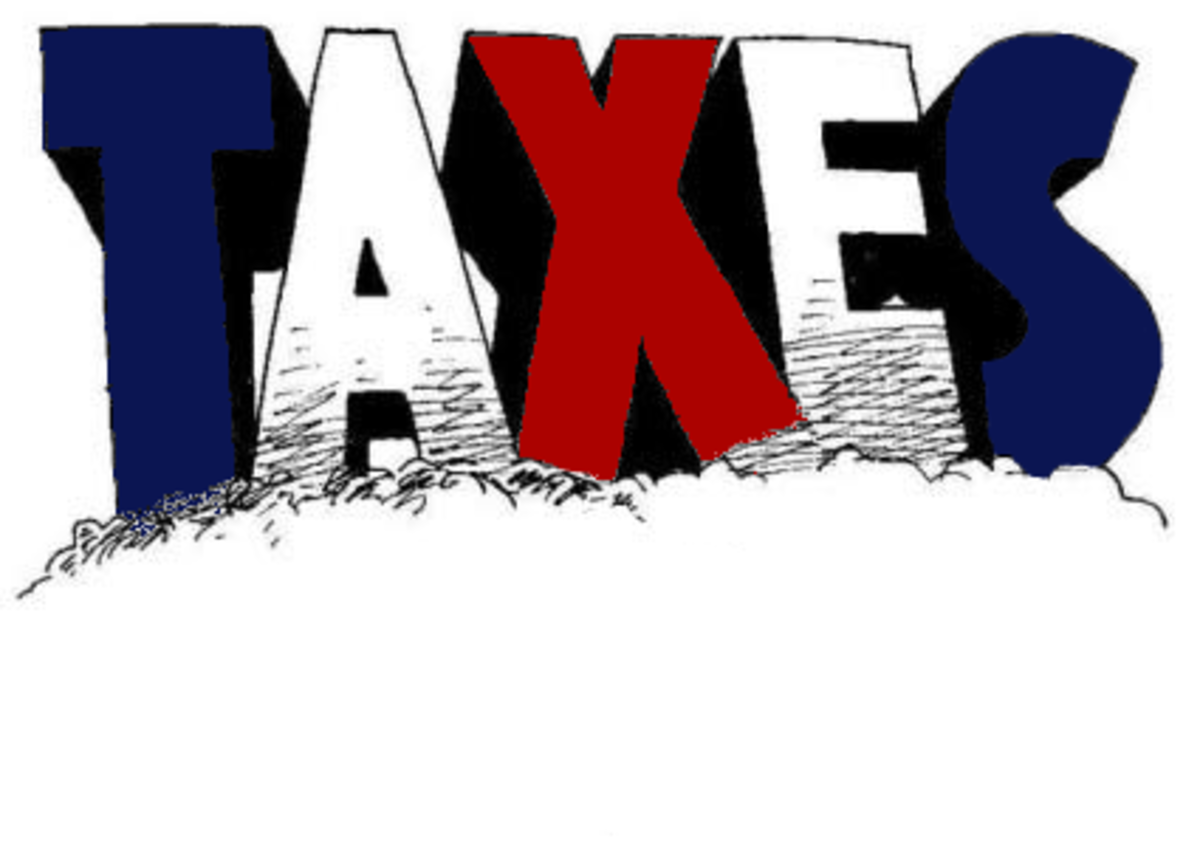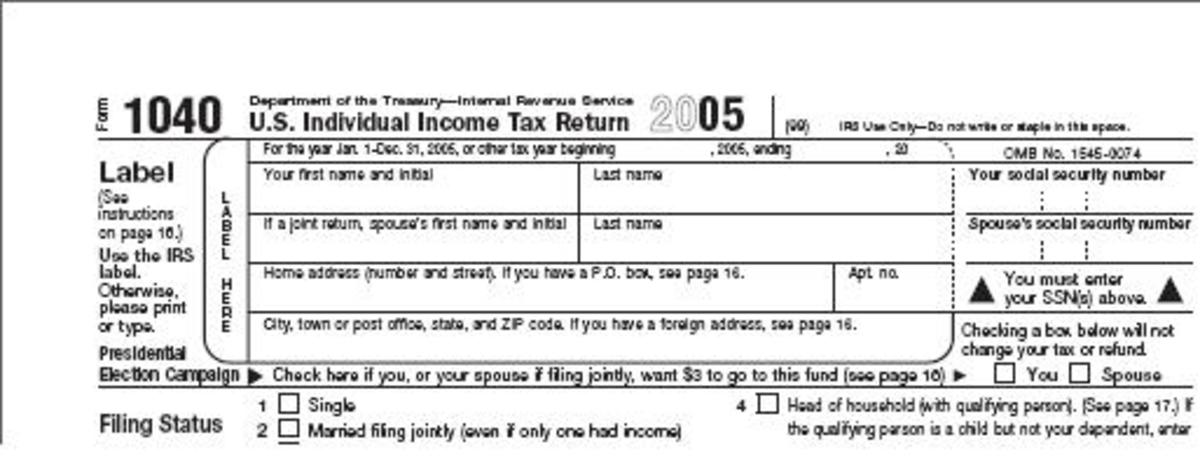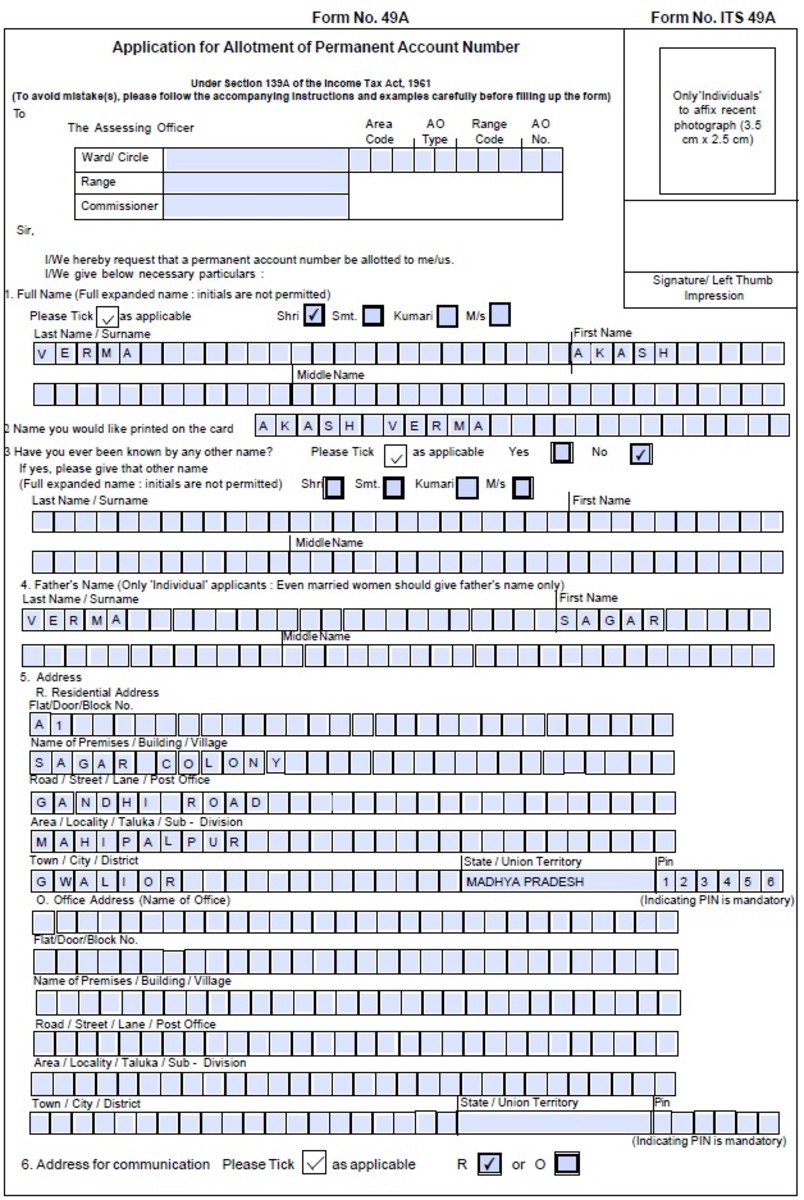Income Tax Appellate Tribunal [ITAT]

Income Tax Appellate Tribunal [ITAT]
1) Status of the ITAT:
Income Tax Appellate Tribunal is the highest appellate authority under the Income Tax Ordinance, 2001.
2) Who appoints the ITAT?
The Income Tax Appellate Tribunal (ITAT) is appointed by the Federal Government.
3) Who may appeal to the ITAT?
If a taxpayer or Commissioner of Income Tax (CIT) is not satisfied with the decision of the Commissioner's (Appeals). The un-satisfied party may appeal to the appellate tribunal.
4) Basic function of the tribunal:
The basic function of the tribunal is to hear the appeals against the decisions of the Commissioner (Appeals)
5) Head of the appellate tribunal:
Head of the appellate tribunal is called Chairman. Chairman is appointed by the Federal Government, generally, out of the judicial members of the tribunal.
6) Members of the ITAT:
There are two types of the Income Tax Appellate Tribunal (ITAT) members:
i) Judicial members
ii) Accountant members
7) Who appoints the members?
The Federal Government appoints the members of the ITAT considering their qualifications.
8) Qualification of members:
i) Judicial members:
A person may be appointed as a judicial member of the appellate tribunal if the person:
a) Has exercised the powers of a district judge and is qualified to be a judge of a high court; or
b) Is or has been an advocate of a high court and is qualified to be a judge of a high court.
ii) Accountant members:
A person may be appointed as an accountant member of the appellate tribunal if the person is an officer of the Income Tax Group equivalent in rank to the RCIT.
9) Number of the ITAT members:
The Federal Government may appoint as many members of the appellate tribunal as are considered necessary.
Powers and Functions of the Appellate Tribunal
The Income Tax Appellate Tribunal is the head of the Appellate System under the Income Tax Ordinance, 2001. It is independent from the FBR. In other words, the FBR may not interfere in the appellate functions of the ITAT.
1) Performance of the functions of the ITAT:
The powers and functions of the ITAT are exercised and discharged by the Benches.
2) Establishment of Benches:
The Benches of the ITAT are constituted by the Chairman out of the judicial and accountant members of the ITAT.
3) Placement of Benches:
The ITAT shall decide that where the Benches of the ITAT shall hold their sittings.
4) Power to regulate its own procedure:
According to section 130(12), the Appellate Tribunal has the power to regulate its own procedure.
5) Decision of the appeals:
The appellate tribunal performs its functions in deciding the appeals against decisions of the Commissioner (Appeals) through establishment of Benches.
6) Decision about number of the members of the Benches:
Where the members are equally divided in their opinion, the matter is referred to the chairman of the ITAT. Chairman shall appoint one or more other members of the tribunal for hearing of disputed point.
7) Power of final decision:
The decision of the appellate tribunal on a point of fact is final. If the decision involves point of law, it may be referred to the High Court.
Number of the Members of a Bench:
A bench, generally, consist of at least two members. Normally, a bench consists of equal number of judicial as well as accountant members (one judicial + one accountant) but in certain cases, the number of one type of members may exceed the other.
(For example: One judicial + Two accountants or Two judicial + One accountant)
Note: The Federal Government may authorize only one member of the tribunal to alone hear and decided the case.
Who Regulate the Procedure of the ITAT?
According to section 130(12), the Appellate Tribunal has the power to regulate its own procedure, and the procedure of its Benches in all matters arising out of:
1) The discharge of its functions
2) The places at which the Benches shall hold their sittings
Procedure of the Decision of a Bench:
Decision is made by the bench. If the members of a bench differ in opinion on any point, the majority decision is accepted. Where the members are equally divided in their opinion, the matter is referred to the Chairman. Chairman shall appoint one or more other members of the tribunal for hearing of disputed point. The point shall be decided according to the opinion of the majority of the members of the tribunal who have heard the case including those who first hear it.
Note: ft there are equal numbers of the Appellate Tribunal, the Federal Government may appoint an additional member for the purpose of deciding the case on which there is a difference of opinion.
Why Appellate Tribunal is called Final Fact Finding Authority?
The Appellate Tribunal is called final fact finding authority because the decision of the appellate tribunal on a point of fact is final. If the decision involves point of law, it may be referred to the High Court.
Administration:
Registrar is the responsible authority in the office of appellate tribunal who works under the guidance of Chairperson; and
i) Entertains the appeals provisionally;
ii) Fixes the dates for hearing; and
iii) Looks after the Appellate Tribunal office matters.
Exam Alert:
If powers and functions of the Deputy / Assistant Commissioner of Income are asked in exam;
Deputy Commissioner is included in the definition of Taxation Officer and Taxation Officer has no his specific functions. All the functions delegated by the CIT to such authorities are the functions of the Deputy / Assistant Commissioner.








